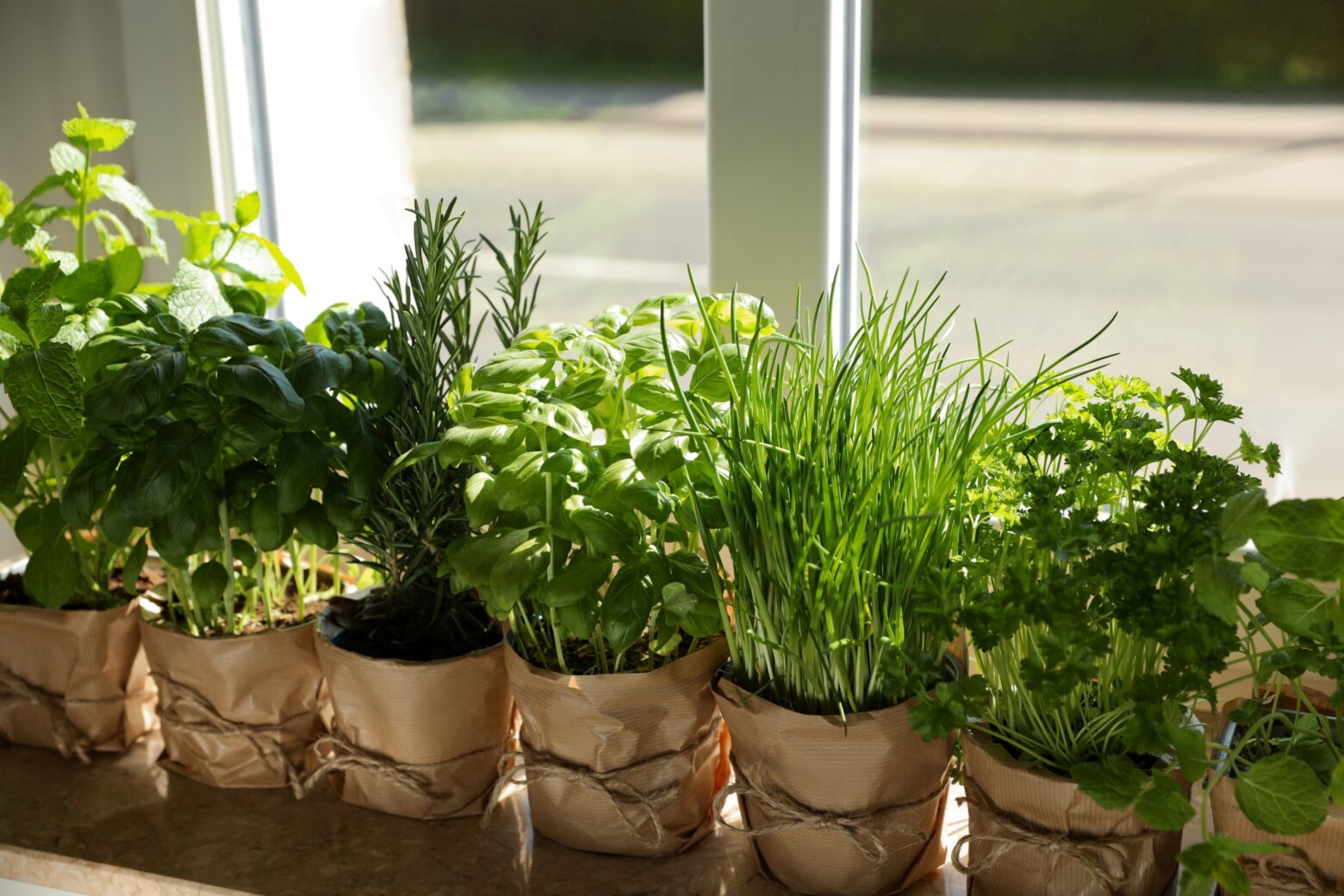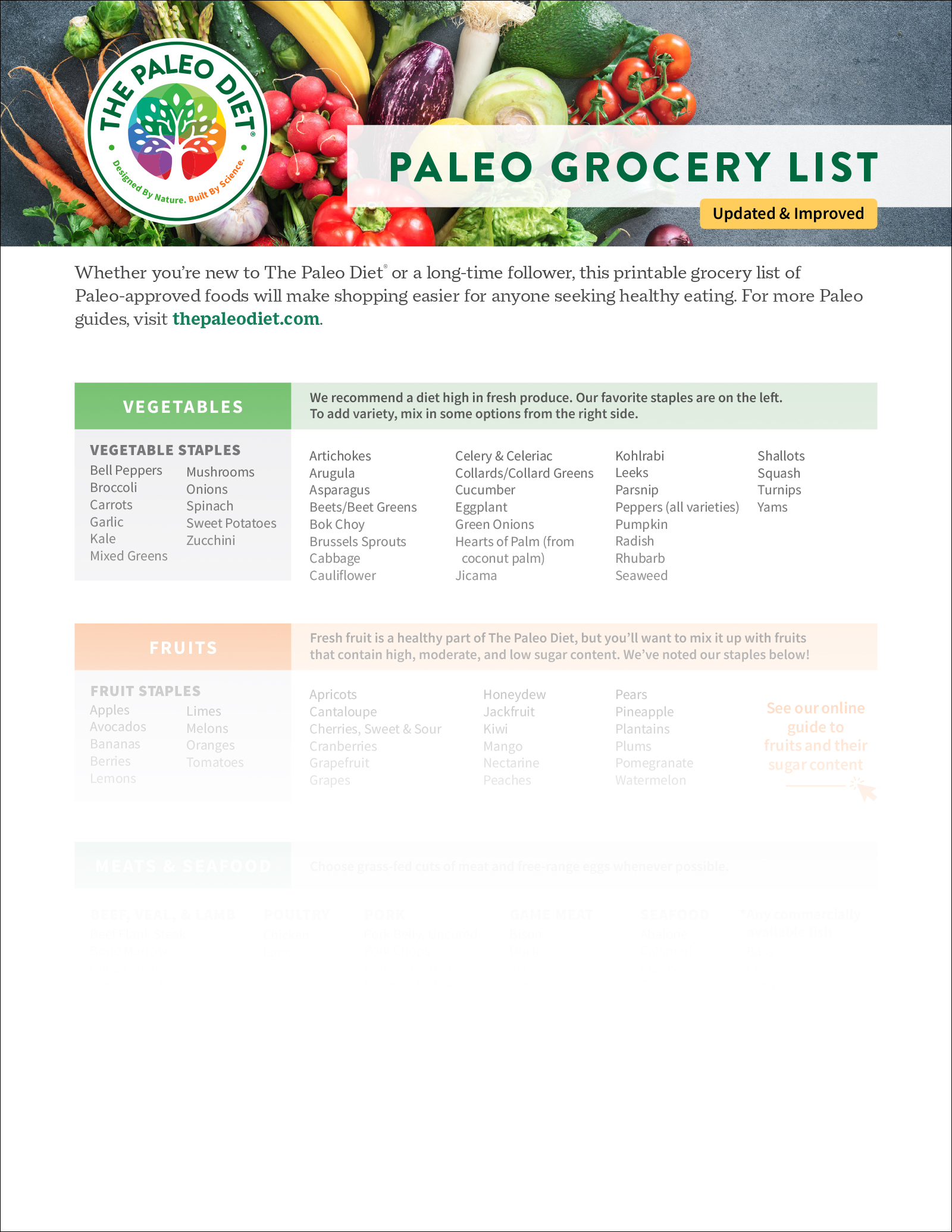The Best Herbs for Your Indoor Garden

Aspiring gardeners may not always have access to a backyard or patio to grow their own food, which is why an indoor herb garden is a great choice for almost anyone. With just a few go-to herbs, you can have fresh flavors at your fingertips and never have to worry about unused portions going bad.
Growing herbs indoors is a fantastic way to have fresh flavors year-round—and it doesn’t have to be complicated or expensive. Growing your own herbs can save money while reducing waste over time. Some herbs can even handle a bit of neglect! Here are five great options to start your indoor herb garden.
Top 5 Herbs That Grow Well Indoors
The following herbs are resilient, fast-growing, and offer an excellent return on investment. If you’re new to indoor gardening, start with one or two of these.

Chives
Chives are one of the easiest herbs to grow indoors. They tolerate lower light conditions and regrow quickly after cutting. You can generally harvest them every 2-3 weeks. Since chives are a perennial, they can thrive indoors for years with very little maintenance.
Snip them regularly, cutting about 1-2 inches above the soil to encourage new growth. This promotes new shoots and prevents the plant from becoming too thin and leggy.
You can freeze any extra cuttings for later use without losing flavor, so you’ll always have some on hand for cooking. Chives provide a mild onion flavor, perfect for soups, dips, and meatballs. Try them in a Paleo Tzatziki and serve with our Greek Meatballs and Zoodles or Lamb Keftedes.

Basil
Basil grows quickly and thrives in warm temperatures where it can get at least 6 hours of sunlight daily. It does best on a sunny windowsill or sunroom. Keep the soil slightly moist, watering only when the top inch is dry. Basil is very sensitive to overwatering!
To keep the plant healthy and bushy, prune it frequently by pinching off the top leaves once it reaches 6 inches tall. Removing the buds also helps keep the leaves tender and flavorful. Yellowing leaves may indicate too much water, while a tall, thin plant likely needs more light.
Growing basil offers a great return on investment since store-bought fresh basil can be expensive. However, because it’s an annual, you’ll eventually need to start a new plant.
Since basil wilts quickly after harvesting, freezing it in olive oil is a great way to preserve its flavor. Basil is a must-have for pesto, sauces, or salads.

Rosemary
Rosemary is a fragrant and hardy herb that thrives indoors with proper care. While it’s slower growing than basil, it can last for years indoors. It needs bright light and good air circulation—so it’s ideal for a sunny windowsill or sunroom.
While it takes time to establish from seed, homegrown rosemary saves money, as fresh storebought sprigs spoil quickly. Trim it lightly and regularly to encourage growth.
Rosemary prefers drier soil and can tolerate occasional missed waterings. Since it prefers a sandier mix, adding a bit of perlite or sand will improve drainage. Place the pot near an open window or a small fan to help prevent mildew.
Keep rosemary on hand for making Grilled Lamb Steaks with Rosemary or PaleoFLEX™ Rosemary Crackers.

Parsley
Parsley takes a bit longer to germinate than other herbs, but once established, it does well indoors. It’s best to start the parsley outside during the summer and bring it indoors when the weather turns cold.
With parsley, there’s the question of curly versus flat leaf (Italian). While flat-leaf parsley grows faster, curly parsley is often easier to grow indoors because it’s more compact and tolerates lower light conditions better.
While parsley doesn’t need bright light, it still likes at least 4-6 hours of sun daily. Rotate the plant every few days for even growth. Parsley also prefers good airflow, so place near an open window or small fan to prevent mildew.
To harvest, snip the outer leaves from the base once the plant reaches 6 inches tall, being careful not to cut more than one third of the plant at a time. This ensures a steady supply of fresh parsley for garnishes, ground meats, sauces, and homemade gremolata.

Mint
Mint is a low-maintenance (i.e., hard-to-kill) herb that grows well in indirect light. If you’re inconsistent with watering, mint is a good herb to start with.
Be sure to keep it in a separate pot as it grows quickly and spreads aggressively. It can be harvested continuously, so you can use it frequently for beverages, salads, and desserts.
Mint is an excellent herb to grow yourself, as storebought mint tends to be pricey, isn’t used as often, and spoils quickly. So, growing mint is an excellent return on investment.
How to Start an Indoor Herb Garden
Once you’ve chosen your herbs, find a well-lit spot in your home. Most herbs need 6-8 hours of sunlight daily. A south-facing windowsill, sunroom, or patio door is ideal. If natural light is limited, supplement with LED grow lights for 12-16 hours per day.
Use a well-draining, organic potting mix rather than regular garden soil, which tends to compact indoors. Water when the top inch of the soil feels dry, as most herbs prefer slightly moist but not soggy soil, which can lead to mold.
A balanced liquid fertilizer applied every 3-4 weeks promotes healthy growth. Organic options like fish emulsion, compost tea, or seaweed extract work well. However, avoid over-fertilizing, as it can weaken the herbs’ flavor.
Indoor Gardening Tips
While growing herbs indoors is relatively easy, these tips can help:
- Consider a self-watering planter for low-maintenance care.
- Rotate the plants weekly for even growth.
- Label your herbs for easy identification.
- Experiment with growing from seeds, cuttings, or storebought plants.
- Keep the herbs in or near your kitchen for easy access.
- If the herbs are struggling, try a larger pot, better lighting, or a mild fertilizer.
- To keep a clean space, try a hydroponic herb kit, which eliminates the need for soil.
If you end up with more herbs than you can use, drying them is a great way to preserve their flavor for long-term storage.
It’s Not Just Practical, It’s Paleo!
Starting an indoor herb garden is a rewarding way to bring fresh flavors to your kitchen while saving money—no matter if you live in a suburban house or an urban apartment. Selecting the right herbs and providing proper care can give you a continuous supply of aromatic, homegrown herbs for your favorite Paleo recipes.
Betsy Schroeder
Betsy does research and writing for a few different websites in the natural health field after taking Masters level courses in Nutrition & Functional Medicine through the University of Western States.
More About The Author




